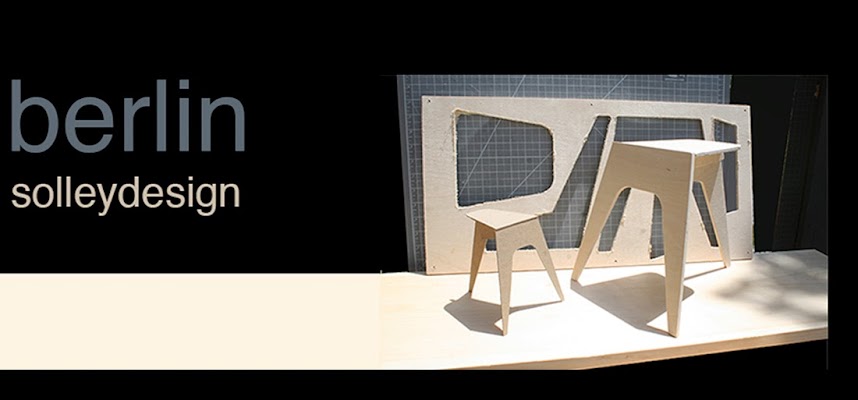CNC Undercarriage
The seat and back support assume their form by being held under tension. The fastenings to the chair base are created on the CNC router and connect at the flattest point.
Core Support
Two interlocking plywood profiles are held under tension. The forms yield to the weight of the occupant but spring back to their original form when unoccupied.
Full Scale Prototyping
Unlike conventionally upholstered furniture the exterior material requires minimal internal support to maintain it's appearance. However in order to support the weight of the occupant; a simple armature must be provided.
The TPC Concept
The TPC chair seeks to repurpose commercial carpeting. The design takes advantage of it's capacity to be folded into a load bearing form.
TPC Fastening
Laser cut corrugated cardboard proves to be an effective way to explore the flexible junctions to the design of more complex furniture forms.
Flexible Junctions
The simplification of assembly has taken us back to our flexible 'inner-tube' junctions. They provide a way to to build non-perpendicular shapes.
LED Lighting Unit
The STG lampe is illuminated by two banks of high powered LED's. These are mounted onto miniature circuit boards and connected to the Arduino microprocessor. The colors and intensities of each end of the lamp can be controlled independently
Friction Fastening
The STG
lamp employs 3D printed junctions. They use friction to secure each element and
maintain equal spacing between each dowel.
Strength through Compression
In order to simplify
the process of assembly we are trying to eliminate adhesive or mechanical fastenings.
These sketch models represent junctions that simply brace materials together.
Subscribe to:
Posts (Atom)











